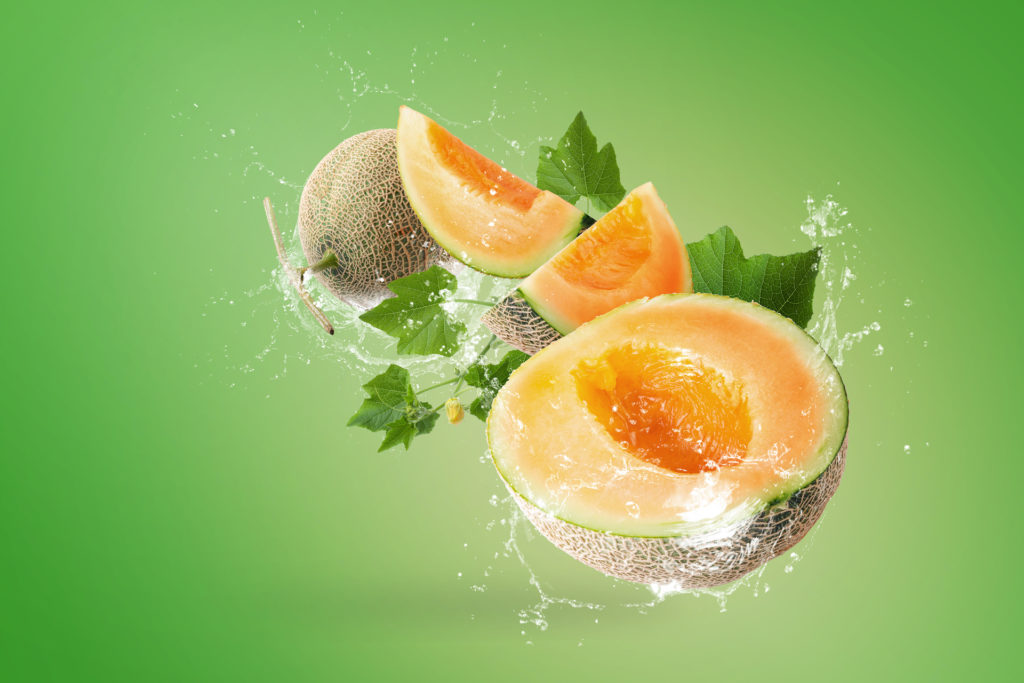
根据上一篇 糖化反应的文章(糖、糖化与老化之间的关系?我們該如何避免?))我们提到糖虽然可以提供大脑作为能量,但如果摄取过多的精致糖而身体无法正常代谢时,会发生糖化反应,进而产生有毒代谢物-糖化终产物(Advanced Glycation End products, AGEs),造成更多的氧化应激及炎症,加速老化。本篇将针对糖化反应的发生过程、危害及自身的抗氧化系统是如何清除毒素做更进一步的探讨。
一般来说糖会经过体内的酵素作用,将醣分子贴附在蛋白质或其他分子上,产生对人体有益且具有特殊功能的分子,这个反应称之为醣基化(Glycosylation)反应。 相反的,糖化反应(Glycation)是还原糖(葡萄糖、果糖、乳醣、麦芽糖、寡糖等)与蛋白质或脂质等在不经过酵素作用的情况下,会产生有毒物质,称之为糖化终产物(AGEs)。 此反应可发生在体内任何细胞、器官组织,对人体具有害处(1)(3)(7)。
体内以及体外皆会产生AGEs,而主要的媒介是糖,因此当我们的体内处于高血糖的状态下,容易产生AGEs并累积在体内,引起一系列的氧化和发炎反应, 故糖病患者的AGEs会比正常人高出许多。 体外来源的AGEs则是由饮食习惯及抽烟所引起(10)。 研究证实吸烟会增加AGEs的产生, 另外,高温烹调虽然可以增添食物的美味与外观,但在烹调的过程中会产生AGEs,尤其是高脂肪和高蛋白的食物。 例如,煎或烤过后的牛肉,里面含有的AGEs是未煮熟时的10-100倍之多。 由此可见,在享用美味食物的同时,我们也吃进了不少的AGEs(7)。
1.皮肤老化: 糖透过糖化反应与蛋白质结合,导致蛋白质变异和失去功能, 而皮肤富含胶原蛋白,当发生此反应时,容易加速胶原蛋白的流失,皮肤失去弹性,出现皱纹(2)(3)。 这就是为什么有些人吃糖老得快。
2.糖尿病: 调控血糖的关键是胰岛素,而胰岛素本身也是一种蛋白质, 当它被糖化后,失去调控血糖的能力,导致体内葡萄糖浓度更高,引起更多的并发症(肾脏病、视网膜病变等)(1)(3)(4)。
3. 肾脏病: Kidney is one of the organs of detoxification. Excessive AGEs will reduce the ability of the kidney to clear toxic substances, causing damage to the kidney and leading to kidney-related diseases.
4. 心血管疾病: 血液里的葡萄糖过多,容易影响血管壁功能, 发生炎症与氧化反应,使血管无法正常运作或是供氧量不足造成心脏疾病(4)(10)。
5. 眼睛疾病: 當AGEs大量堆积于眼睛,可能会造成眼睛疲劳、干涩、视力低下等症状。 如果又處在高濃度的葡萄糖之下,更會併發糖尿病視網膜病或微血管病變等症狀,包括白內障、青光眼等(9)。
6. 阿兹海默症: 研究证实,患有阿兹海默症的患者脑中的AGEs比正常老人高(10)。
当我们体内如果累积过多的AGEs会增加氧化应激的发生,造成体内自由基过多,引起一连串的发炎反应,进而影响身体各器官失去功能,最后引发疾病(1)(2)。 幸运的是,我们体内存在一种由酶和非酶抗氧化剂组成的抗氧化剂防御系统。 该系统可以消除这些有害物质,并减少对人体的伤害 (1)(5)。
体内可以减少有毒自由基生成的酵素,包括超氧化物歧化酶 (Superoxise dismutase, SOD)、过氧化氢酶(Catalase, CAT)及麸胱甘肽过氧化酶(Glutathione peroxidase, GPx)。 首先,SOD会将自由基的源头,超氧阴离子(O2-‧)转换成过氧化氢(H2O2)后,再透过另外两个酵素-过氧化氢酶(CAT)和谷胱甘肽过氧化物酶(GPx)能转化为无毒的水(5)。2-‧), into hydrogen peroxide (H2O2) which can be converted to non-toxic water by the other two enzymes, CAT and GPx(5).
体内具有抗氧化力的维生素或矿物质,包括维生素C、维生素E、胡萝卜素、锌、铁、铜、硒及麸胱甘肽(Glutathione, GSH)。 自由基属于不稳定的化学物质, 拥有不成对的电子,容易与体内的蛋白质、脂肪等发生反应,抢夺他们的电子,造成一连串的连锁反应, 而这些非酵素系统的抗氧化物質可以提供电子给这些自由基,使它成为稳定且对人体无害的物质,或是辅助酵素系统,减少自由基的形成(6)。
目前市面上针对高效抗氧化力的产品琳琅满目,包括抗氧化物质维生素C、维生素E、麸胱甘肽、天然蔬果提取的多酚类化合物,以及抗氧化酵素SOD。 其中,SOD属于蛋白质,容易在肠道中被破坏,因此需要特别注意是否有保护效果的包覆技术,以维持它的抗氧化能力。 然而,虽然我们可透过补充健康食品来提升抗糖化力,但最扎根的作法仍然是需要从日常生活的饮食中着手,经由减少精致糖摄取的频率,才能达到最完善的清除毒物,提高自身的抗氧化力(3)(7)(8)。
参考资料: